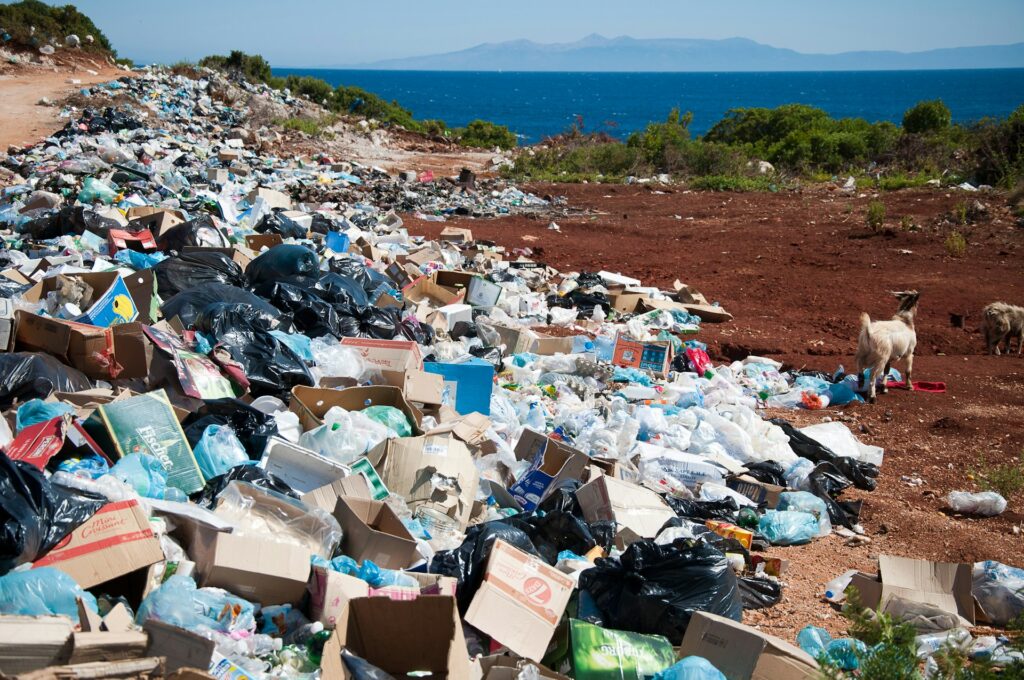The Hidden Crisis: Environmental Issues with Water Contamination
By Finlay Gilkinson – 15/04/2025
Water is the foundation of all life, yet it is increasingly threatened by contamination driven by industrial activity, agricultural runoff, urbanization, and lax regulation. The global water crisis is no longer just about scarcity, but about purity. Contaminated water not only endangers ecosystems but also poses profound risks to human health, food security, and the future stability of many regions.

1. Industrial Pollution: The Chemical Time Bomb
Industrial facilities across the globe discharge toxic chemicals into rivers, lakes, and oceans. Heavy metals like lead, mercury, and arsenic, along with synthetic compounds such as PFAS (forever chemicals), infiltrate waterways with long-lasting consequences. These pollutants accumulate in aquatic organisms, bio-magnifying up the food chain and disrupting hormonal systems in wildlife and humans alike.
Despite advancements in filtration and waste treatment technologies, enforcement of environmental regulations remains spotty. Developing nations, in particular, often prioritize economic growth over environmental protection, exacerbating the crisis.
2. Agricultural Runoff: Poisoning the Well
Modern agriculture is heavily dependent on fertilizers, pesticides, and herbicides. When it rains, these chemicals are carried into nearby water bodies. Nitrogen and phosphorus runoff fuels algal blooms, which deplete oxygen levels and lead to massive dead zones, such as the one in the Gulf of Mexico. These areas become uninhabitable for marine life and disrupt fisheries that millions depend on for food and livelihood.
Additionally, pathogens from animal waste and residues from growth hormones further contaminate water supplies, affecting both human and ecological health.
3. Urbanization and Plastic Waste: The Unseen Micro Threat
Urban sprawl has brought with it increased impervious surfaces like concrete and asphalt, which accelerate stormwater runoff. This runoff picks up oils, heavy metals, and other pollutants from urban infrastructure before flowing into waterways untreated. Moreover, the rise of plastic waste has introduced microplastics into virtually every aquatic ecosystem. These tiny particles are now found in tap water, bottled water, and even human blood.
Microplastics pose significant ecological threats, impairing reproduction in marine species and potentially carrying harmful toxins into human systems. Their pervasiveness underscores the urgent need for a rethinking of plastic consumption and waste management practices.
4. The Human Cost: A Crisis of Health and Inequality
According to the World Health Organization, over two billion people drink water contaminated with faeces. Ingestion of contaminated water leads to diseases such as cholera, dysentery, and typhoid, particularly in regions lacking adequate water treatment infrastructure. Children and the elderly are most vulnerable, and the burden disproportionately falls on low-income communities.
Water contamination is not just an environmental issue; it is a profound social injustice. The unequal access to clean water perpetuates cycles of poverty and limits opportunities for education, economic mobility, and health.
5. Solutions and the Way Forward
The path to clean water requires a multi-pronged approach:
Conclusion
Water contamination is a silent but escalating threat to our planet’s future. As the climate crisis accelerates, pressures on water systems will only increase. Tackling water pollution is not just about preserving nature; it is about safeguarding humanity. Recognizing the interconnectedness of environmental, economic, and social systems is the first step toward creating a sustainable and equitable future. The time for action is now.
Ready to find the perfect job?
Our team of experts work with an extensive network of employers. Submit your CV to ensure you’re a part of our network of talented candidates and we’ll make you aware of opportunities before they are even posted.
